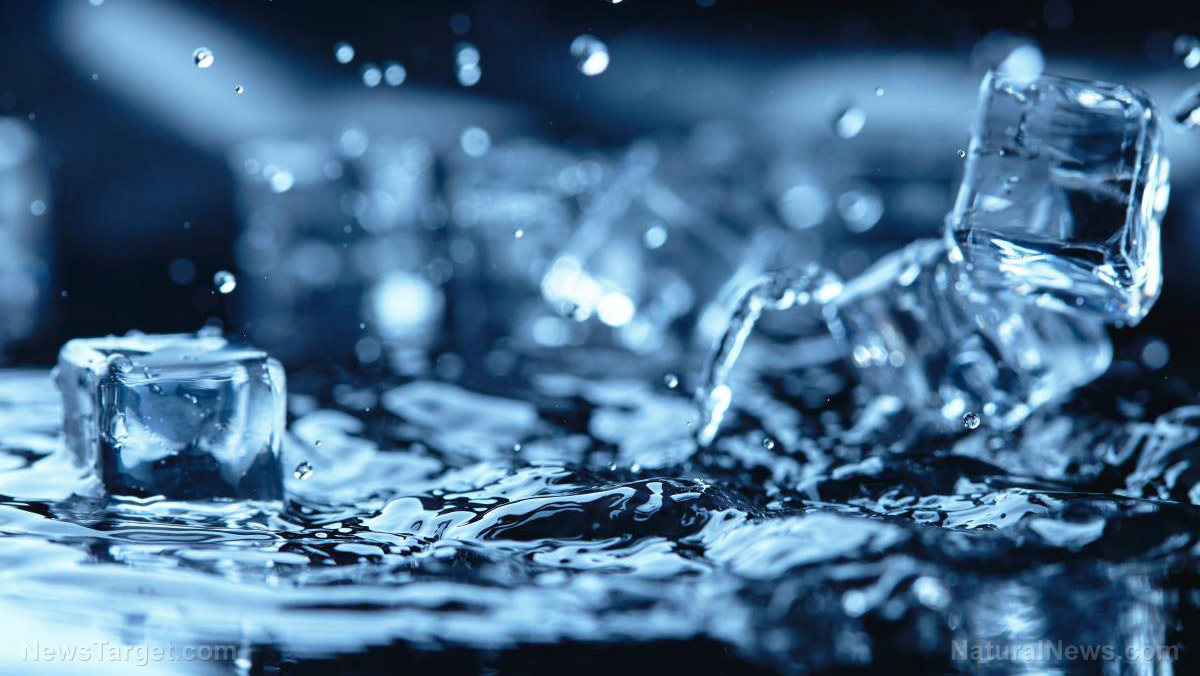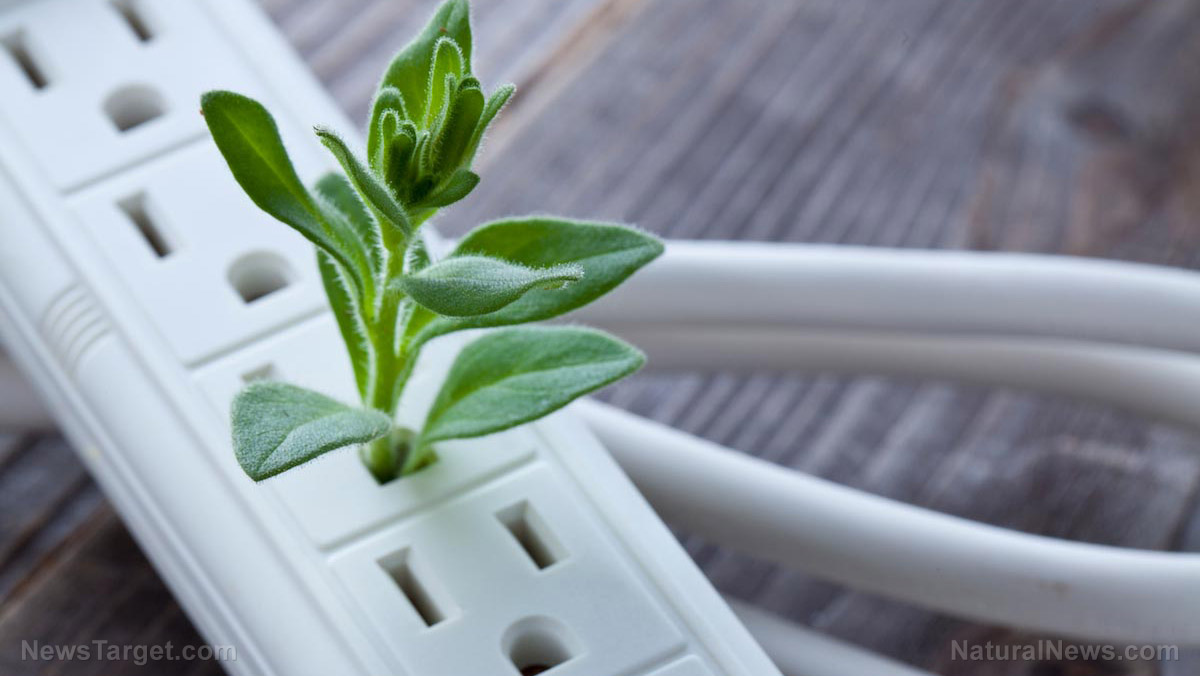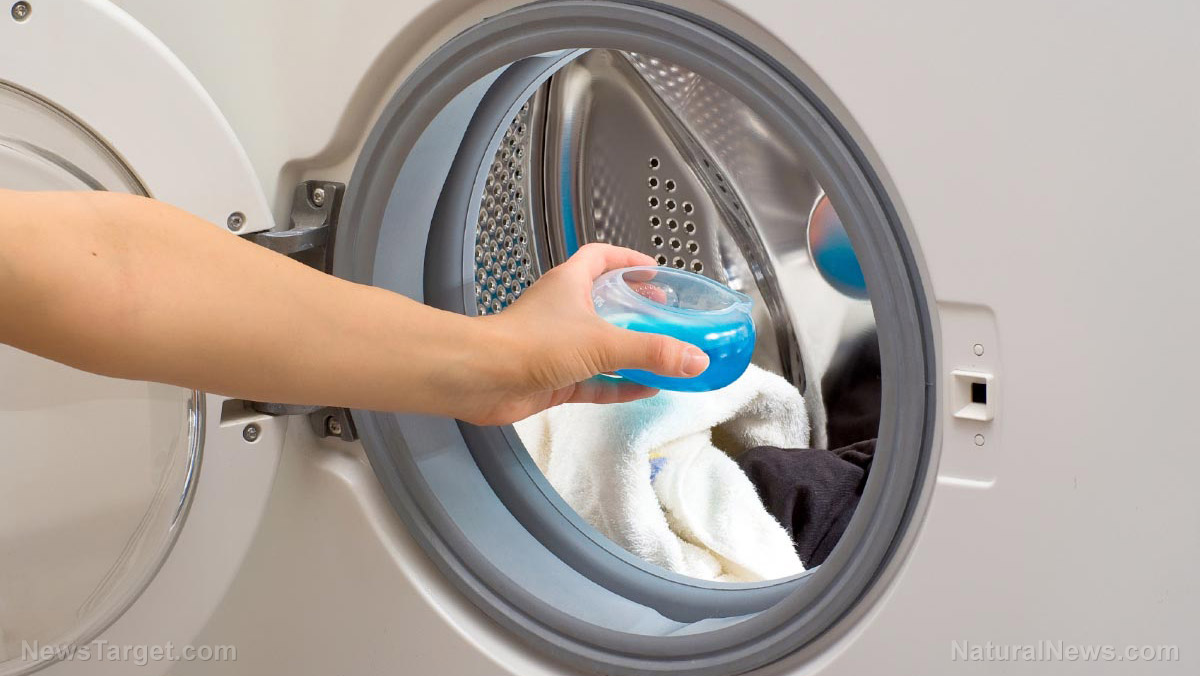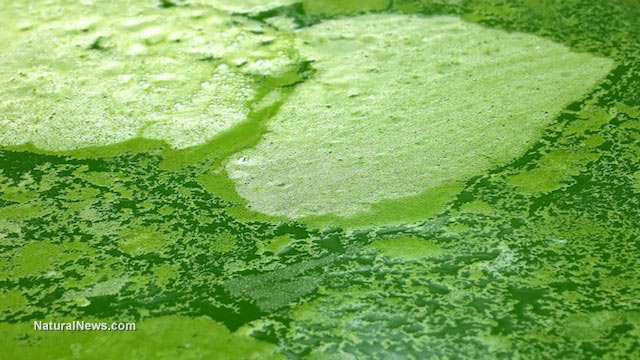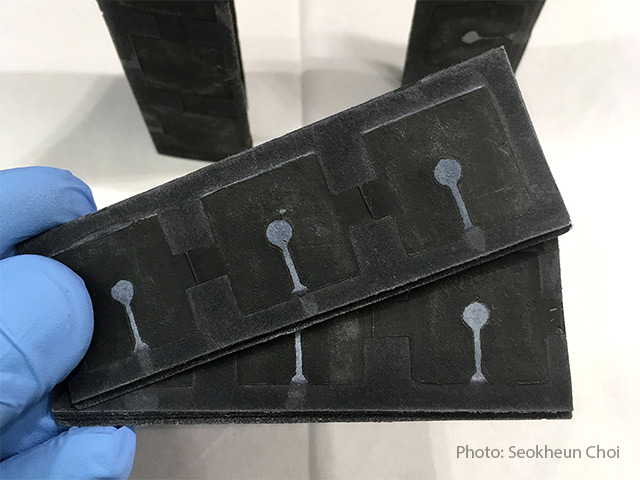Scientists have developed new semiconductors that are more environmentally friendly
04/21/2018 / By Edsel Cook
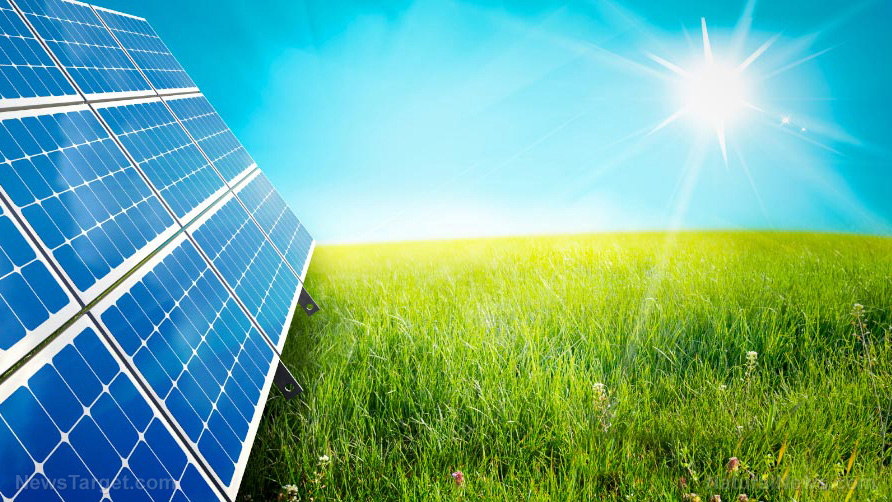
Concerned with the prevalence of useful but toxic perovskites in photovoltaic cells, a group of Iowa-based researchers devised alternative materials. They reported creating cheaper and eco-friendly semiconductors with similar performance, according to a ScienceDaily article.
Perovskites are light-gathering materials used as semiconductors in solar panels. While highly efficient – called “wonder materials” by the solar power industry – they also contain lead, which is toxic to humans and especially dangerous to children.
Other semiconductors use the equally toxic arsenic or cadmium. Still others use lithium and indium, which are rare and difficult to manufacture.
A replacement material needs to be just as effective at converting sunlight into electrical energy. Furthermore, it must use elements that are commonly found on Earth and inexpensive to produce. Finally, the new semiconductor must not be toxic to humans or contaminate the environment.
Javier Vela led the efforts of an Iowa State University (Iowa State) developmental laboratory to find such a substitute material. Vela is an associate professor of chemistry who also works for the Ames Laboratory of the U.S. Department of Energy (DOE).
His lab specializes in nanostructure materials, which makes it uniquely suited for investigating perovskite alternatives. Perovskites get their excellent photovoltaic and semiconductor properties from their crystalline structure.
“While semiconductors may not contain rare materials, many are toxic or very expensive,” Vela shared.
Sodium-based semiconductors
Vera took a leaf from an earlier report made by Massachusetts Institute of Technology (MIT) researchers. The MIT presentation brought up sodium-based materials as one of the potential alternatives to perovskite semiconductors.
Assisted by Iowa State graduate students Bryan Rosales and Miles White, Vela began investigating sodium-based semiconductors. His study took 18 months and was supported by a five-year grant from the National Science Foundation.
Their efforts produced a semiconductor compound that uses common elements such as sodium and sulfur. The scarcest one is bismuth, but it also happens to be a widely-produced by-product of metal mining, making it very cheap.
Furthermore, all three elements are relatively non-toxic to humans. While bismuth is a heavy metal like lead and cadmium, it’s also the least toxic member of that group. Indeed, bismuth has been used as a medicine since ancient times.
“Our synthesis unlocks a new class of low-cost and environmentally friendly ternary (three-part) semiconductors that show properties of interest for applications in energy conversion,” they reported in their paper. (Related: Will renewable energy plans for the Mojave Desert finally move forward?)
Vela’s team published their findings in the online version of the Journal of the American Chemical Society.
New semiconductor is cheaper, stabler than perovskite equivalent
In the paper, Vela explained that chemists could manipulate the size and structure of a material’s nanocrystals during synthesis. They could adjust the temperature and time of the reaction, choose the right metal ion percursors, and add ligands that form coordination complexes around metal molecules.
His research team used these variations to adjust the properties of their experimental compound for its intended role as a photovoltaic semiconductor.
Vela reported that the sodium-based semiconductor displayed a band gap that is perfect for solar cells. An incoming light particle will find it easy to knock an electron loose from a molecule of the material. This process generates electricity in solar panels.
He also added that the new material remains stable despite exposure to air and water. The reverse is true with perovskite-based materials, which are quite volatile.
In their paper, the Iowa State team hoped that their results will encourage other researchers to expand upon their current work or seek out other alternative materials for solar cells.
Visit Chemistry.news for more news coverage on chemistry breakthroughs.
Sources include:
Tagged Under: Chemistry, discoveries, ecofriendly, energy conversion, environmentally friendly, future science, inventions, perovskite, perovskite-based materials, photovoltaic devices, physics, semiconductors, solar cells, solar energy, solar power, Toxic Metals





